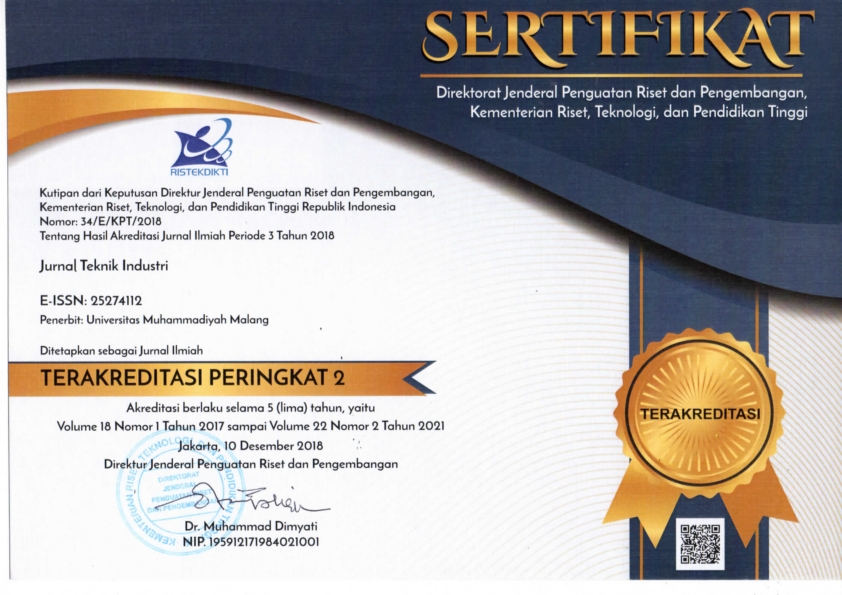Maximasi Kuat Tekan Beton
DOI:
https://doi.org/10.22219/JTIUMM.Vol11.No1.42-49Keywords:
aggregate, gradation, concreteAbstract
Concrete mixing obtained from the fine aggregate and coarse aggregate is sand, stonebroken by adding sufficient adhesive cement and water as supporting material for purposes
of chemical reactions during the process of concrete hardening and treatment progress, and
may also be additional material that could serve to strengthen or accelerate the development of
concrete strength. Therefore, in order to obtain concrete with a light weight, one of which is to
replace the coarse aggregate is commonly used with natural stone aggregate is an alternative
that has a lighter weight but has the major attributes that do not differ greatly. The method
used in this study by testing it against a strong press, elastic modulus, split tensile strength,
density, porosity. Increased modulus of elasticity of the variation in aggregate gradation gradations
I to III of variation 14.03%. On a good variety of aggregate inter-aggregate contact area
will be smaller so that the number of pores (porosity) of concrete produced would be smaller.
With a small contact area porosity and the amount of cement needed in a similar treatment will
be less. The more small porosity variations in the use of aggregate gradation will memyebabkan
concrete gravity value greater. Small porosity values which will make the concrete more
dense so that the stronger the resulting press will be great. In the strong increase in press and
concrete, will be followed by a rise in value of split tensile strength and modulus of elasticity
of concrete.
Downloads
Download data is not yet available.
Downloads
Published
02/18/2012
How to Cite
Prasetyo, L. (2012). Maximasi Kuat Tekan Beton. Jurnal Teknik Industri, 11(1), 42–49. https://doi.org/10.22219/JTIUMM.Vol11.No1.42-49
Issue
Section
Article











